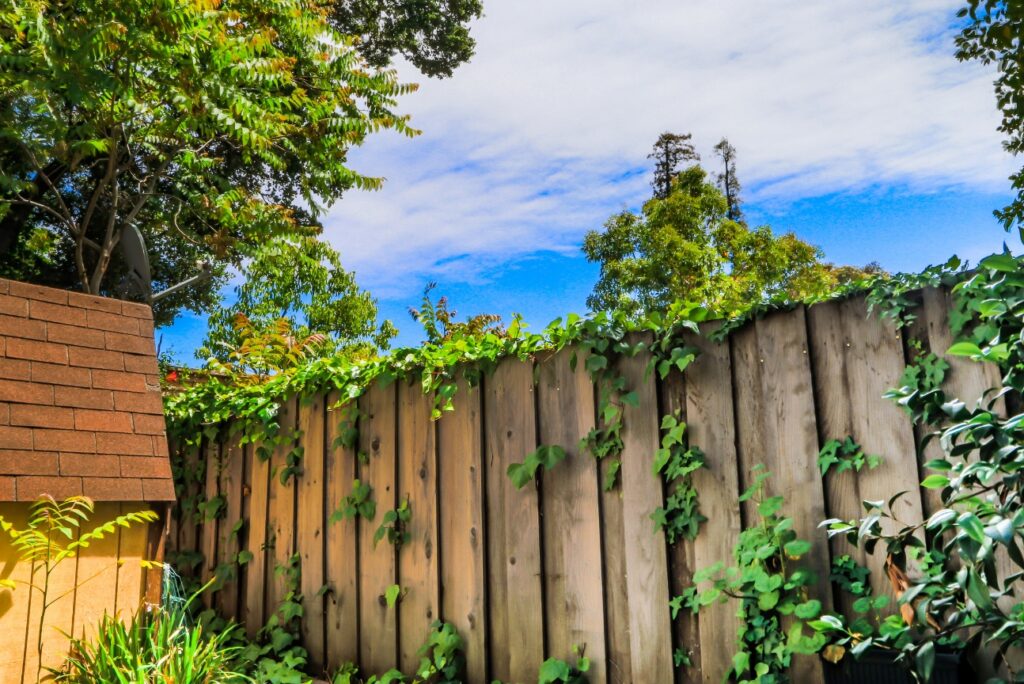Trees are a beautiful way to ornament your garden, add a touch of nature to your home, and possibly even add economic value to your home! Unfortunately behind this beauty, trees could also have a detrimental effect on houses. These damages could be direct or indirect and may become a structural issue.
There is more than meets the eye when it comes to trees; Beneath the soil’s surface coexists a tree’s roots. Tree roots can grow from 1 to 3 times the size of the tree itself and are capable of growing through solid materials, such as rocks.
Tree roots tend to search for moisture and nutrients as they grow and spread out. Fortunately, they generally evade solid objects and encounters such as concrete, bricks and metal; however, if they encounter concrete that has already shifted from settling, cracks, or other breaches, they make take this as an invitation to grow through these spaces. The direct damages or risks that come with this is that the roots could:
- Damage the slab or foundation of your house by growing through it, which could detriment your home’s structure depending on the severity
- Create a bumpy terrain on your land and trip hazards
- Infiltrate your plumbing and clog your drainage pipes if they have faulty joints or is cracked openings
- Make your support beams, doors, and window frames uneven
- Cause cracks in your walls
A common indirect cause that tree roots have towards houses would be due to subsidence. As trees require a sufficient amount of water, the roots will inevitably soak up moisture through their roots. This causes reactive soil types to alter in volume and shifts the soil around, then causes the area of land to gradually shrink. This movement is not ideal for a house’s structural integrity. Clay soil types are more inclined to be at risk when it comes to being invaded by roots as they are more sensitive to moisture changes and movement.
Nevertheless, not all trees will cause damages to your home. You could opt for trees that have less invasive and sprawling root systems than others, install root barriers, and have a well-thought-out plan by ensuring that it is appropriate for your yard, and the positioning on where you decide to plant your trees– avoiding being too close to your foundation, plumbing, pool, etc.
How can we help?
If you are unsure on whether your house is in danger of a structural issue or if you would like some advice as to whether a tree could pose a problem in the future, we can conduct a structural inspection on your home.
Contact us today to get started.
Back to News
